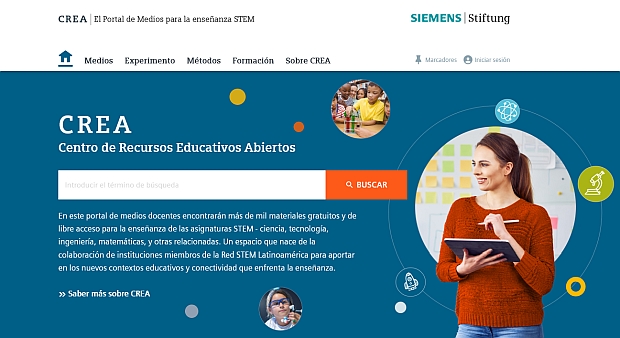Excitation energy of a water molecule
Bild
Chart:
Water can absorb heat energy in the form of vibrations or movement of its molecules. This energy content depends on the physical state: steam contains more energy than liquid water, for example.
Medientyp:
Bild (33,8 kByte)
Letzte Aktualisierung:
28.09.2018
Lizenz:

Dieses Medium steht unter einer CC BY-SA 4.0 international Lizenz.
Was bedeutet das?
So verweisen Sie auf das Medium

Dieses Medium steht unter einer CC BY-SA 4.0 international Lizenz.
Was bedeutet das?
So verweisen Sie auf das Medium
Beschreibung:
The material surrounding us takes on different physical states depending on pressure and temperature (in Kelvin): solid, liquid or gaseous. This also applies to water: During a phase change from solid to liquid and liquid to gas respectively the energy of the water molecules increases without the temperature rising – the diagram for water shows plateaus. The values of these plateaus are approx. 6 kJ/mol (melting heat) and approx. 40,7 kJ/mol (vaporization heat) respectively.
Information and ideas:
Ideally suited for explaining the topic of phase equilibrium.
Information and ideas:
Ideally suited for explaining the topic of phase equilibrium.
Lernobjekttyp:
Illustration
Fächer:
Chemistry; Physics
Klassenstufen:
Grade 7 to 9; Grade 10 to 13
Schultypen:
Middle/high school
Stichworte:
Chart; Energy supply; State of aggregation; Water; Energy store; Graphics; State of aggregation; Water
Bibliographie:
Siemens Stiftung Media Portal
Urheber/Produzent:
MediaHouse GmbH
Rechteinhaber:
© Siemens Stiftung 2018



